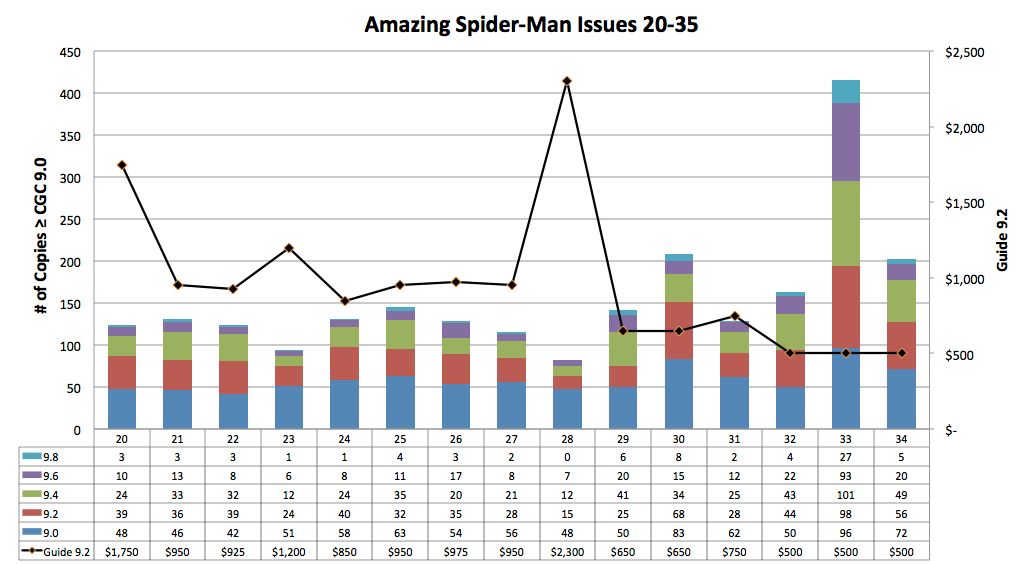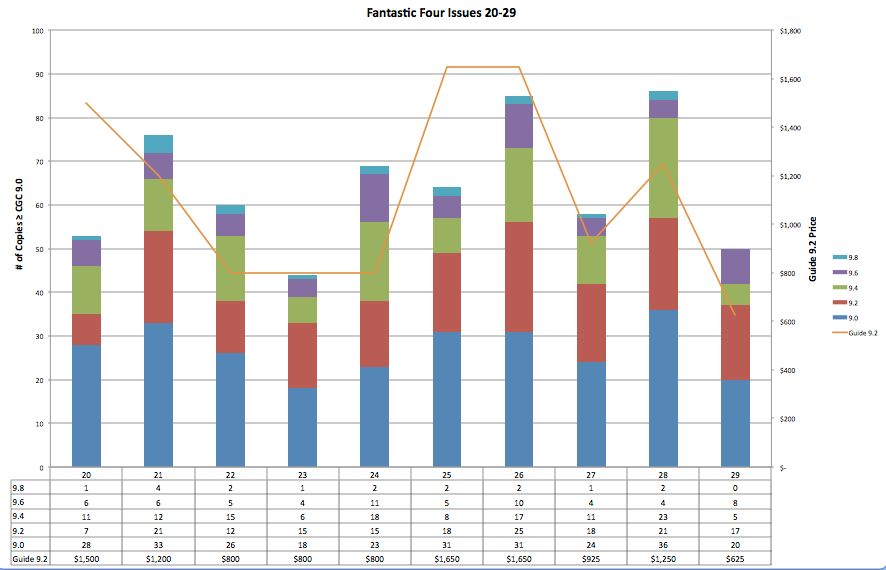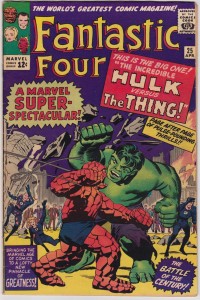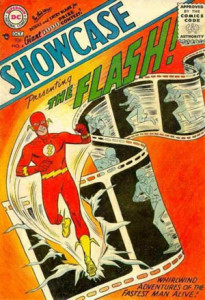 It’s a pretty well known fact that comic collecting began sometime in the 1960’s. Sure…there were people collecting before then, but it really got going in this time frame. At least, that is what the anecdotes say. But is there data to support this “fact”?
It’s a pretty well known fact that comic collecting began sometime in the 1960’s. Sure…there were people collecting before then, but it really got going in this time frame. At least, that is what the anecdotes say. But is there data to support this “fact”?
I got curious about this question and decided to take a look at CGC data for several key books before during and after the mid 1960’s. The data I chose is for key Silver and Bronze Age books. As a baseline early Silver book: Showcase #4 . For the mid-Silver age, the quintessential Marvel key: Fantastic Four #1
. For the mid-Silver age, the quintessential Marvel key: Fantastic Four #1 . For the later Silver Age, there are not a lot of key books on par with FF#1 or Showcase #4 to choose from…but there are books that will work for this experiment, so I picked Fantastic Four #45
. For the later Silver Age, there are not a lot of key books on par with FF#1 or Showcase #4 to choose from…but there are books that will work for this experiment, so I picked Fantastic Four #45 , the first appearance of the Inhumans. For the early 1970’s I picked House of Secrets #92
, the first appearance of the Inhumans. For the early 1970’s I picked House of Secrets #92 . And finally…the ultimate Bronze key, Incredible Hulk #181
. And finally…the ultimate Bronze key, Incredible Hulk #181 . Let’s take a look and see what the CGC data for these books will tell us about the beginning of the comic collecting hobby.
. Let’s take a look and see what the CGC data for these books will tell us about the beginning of the comic collecting hobby.
At only 222 Universally graded copies, Showcase #4 is clearly the rarest book of this bunch. This fits into our theory, since this book was published in 1956, and very few if any people were bagging and boarding comics from the drug store the moment after they were purchased. The mean grade for this group is about 4.2. So…not a lot of copies around, and the ones that are around are not in very high grade.
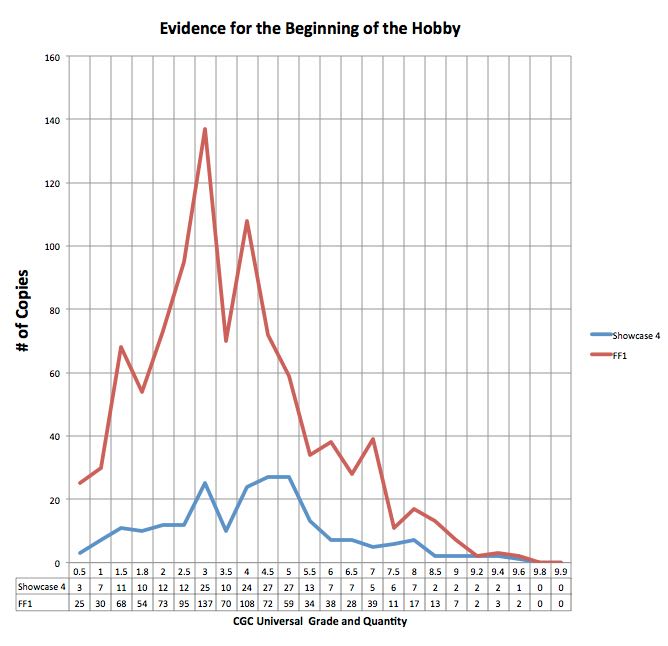
Next up is FF#1. The book is from 1961, so 5 years into the Silver Age, but still well before the advent of the hobby proper. People are, on average, not actively collecting during this period. And if they are, books are probably stored in conditions that would be considered primitive today. Many more copies of FF#1 are out there…with 985 graded Universal copies. The reason for more graded copies could be due to the popularity of FF over the Flash…but in general, it’s probably not too far off base to suggest that more copies of FF1 remain than Showcase 4. Mean grade for this group is surprisingly a little lower than for Showcase 4, coming in at 3.7.
For the mid Silver Age, we have FF#45. Fewer copies have been graded of this book (it is, after all, not as “key” as FF1), but look at the mean grade. A huge jump to a smidgen above 7.0 for all 610 books. Fewer books graded, but clearly more in higher grade. Hobbyists seem to be taking better care of their books from the get go by the mid-1960’s…does that trend continue (of course it does…and how!)

By the time 1970 roles around, the comic book publishing industry is suffering a bit, but that is not preventing our intrepid collecting community from stashing away a few books with key first appearances, great stories and fantastic art. House of Secrets 92 is a little off the beaten trail compared to the other books…but it is a “new” book for a time when the comics code was altered and horror titles came back into print. But our theory holds! More books graded, and an average grade of a tiny bit below 7.0.
To cap off our exploration, we go to 1974. Do I need to comment here? I don’t think so, the graph speaks for itself. Tons of books graded and a mean grade of 7.2 for the Incredible Hulk #181. As Stan the Man would say, “Nuff said!”
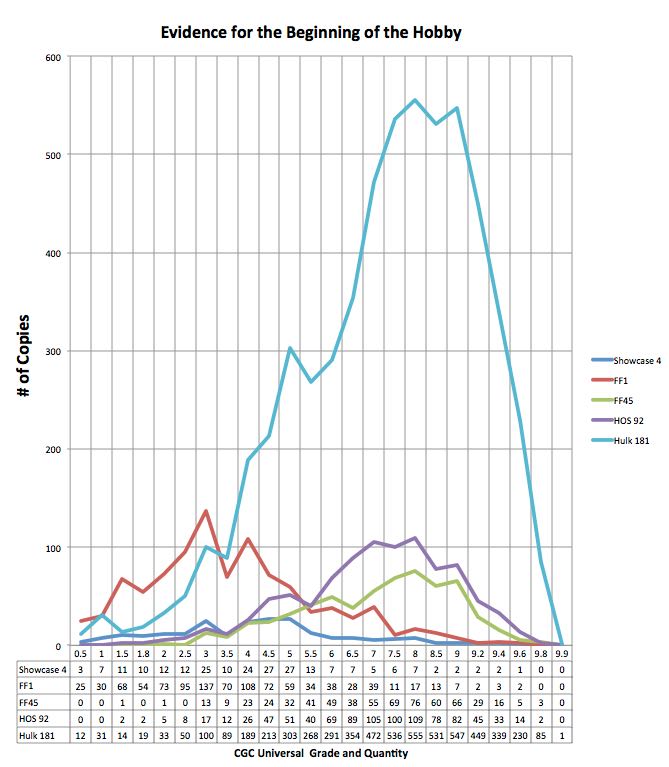
So what does all this mean? Well…I collect comics because they are cool and I like to read them. But, where I can, I want to buy books that will hold their value. If I am picking a comic series to collect that I want to hold its value, then I would tend toward a series that is pre 1965, and go for the highest grade books I can afford. It’s an obvious conclusion…supported by this data.
Until next time…
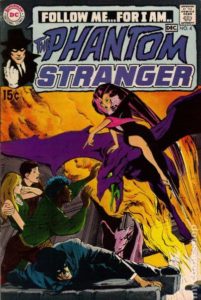 It’s been a very long time since I posted here, but tonight I had some time, so I thought I would take a look at this title, one of my favorites from the Bronze Age – Phantom Stranger. In this book, you get a ton of great art from the likes of Kaluta, DeZuniga, Adams and Aparo. When the comics code was updated in 1971 to allow for more horror related themes, we see the impact of that change in this magazine.
It’s been a very long time since I posted here, but tonight I had some time, so I thought I would take a look at this title, one of my favorites from the Bronze Age – Phantom Stranger. In this book, you get a ton of great art from the likes of Kaluta, DeZuniga, Adams and Aparo. When the comics code was updated in 1971 to allow for more horror related themes, we see the impact of that change in this magazine.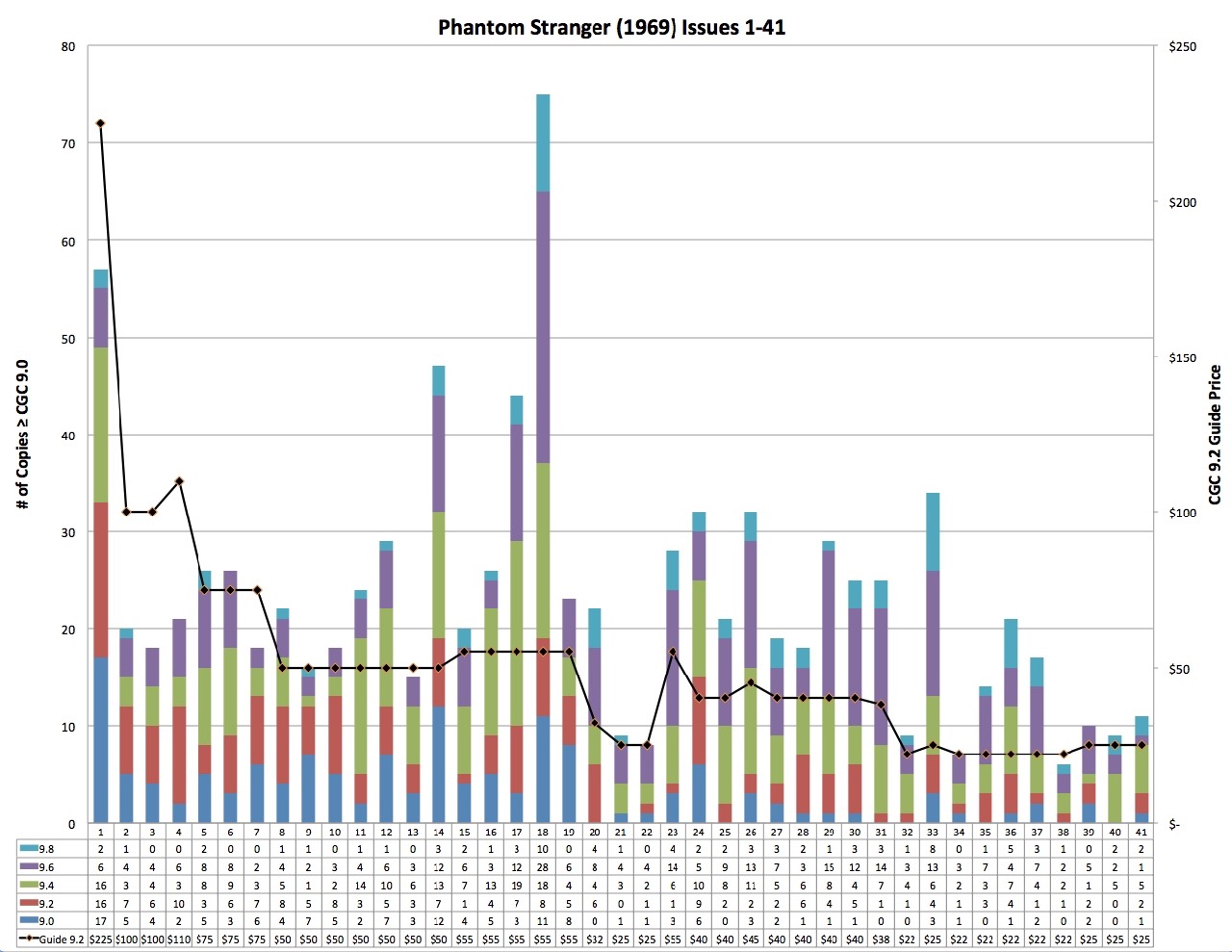
to be had on eBay. They are pretty cheap, and the title likely has staying power for the future. But be sure to get a reading copy if you decide to put a set together! Comics are meant to be read!


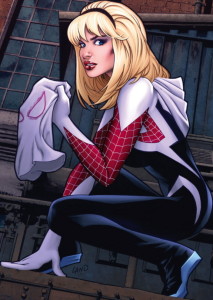




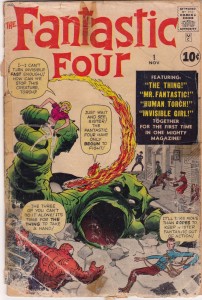
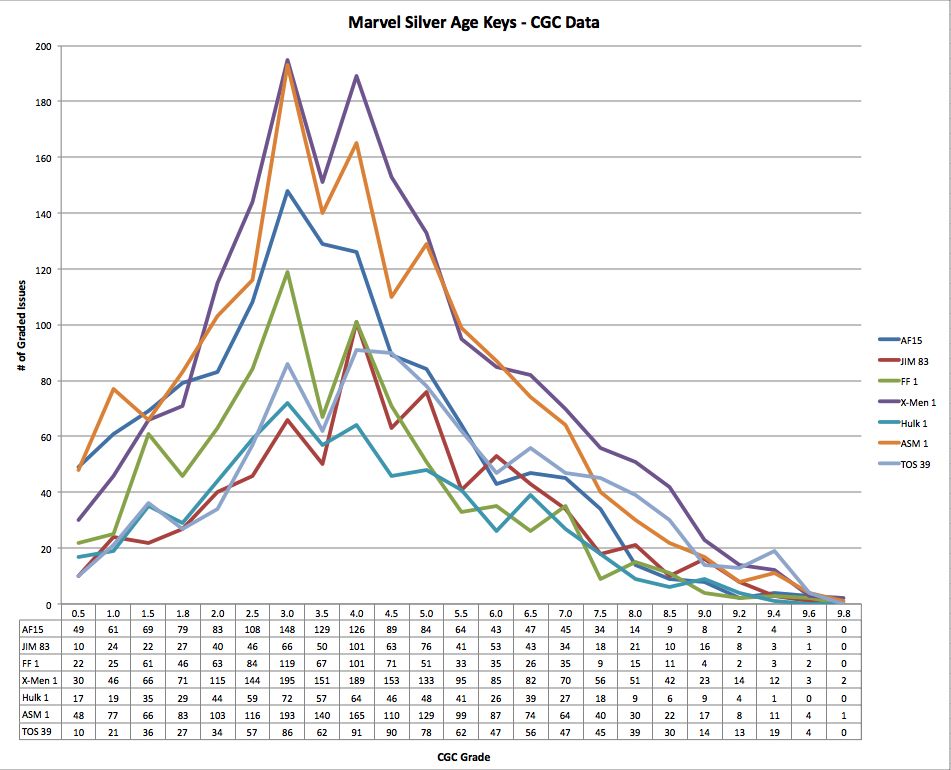
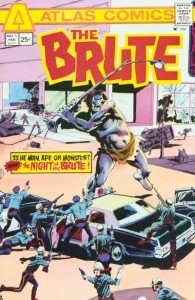
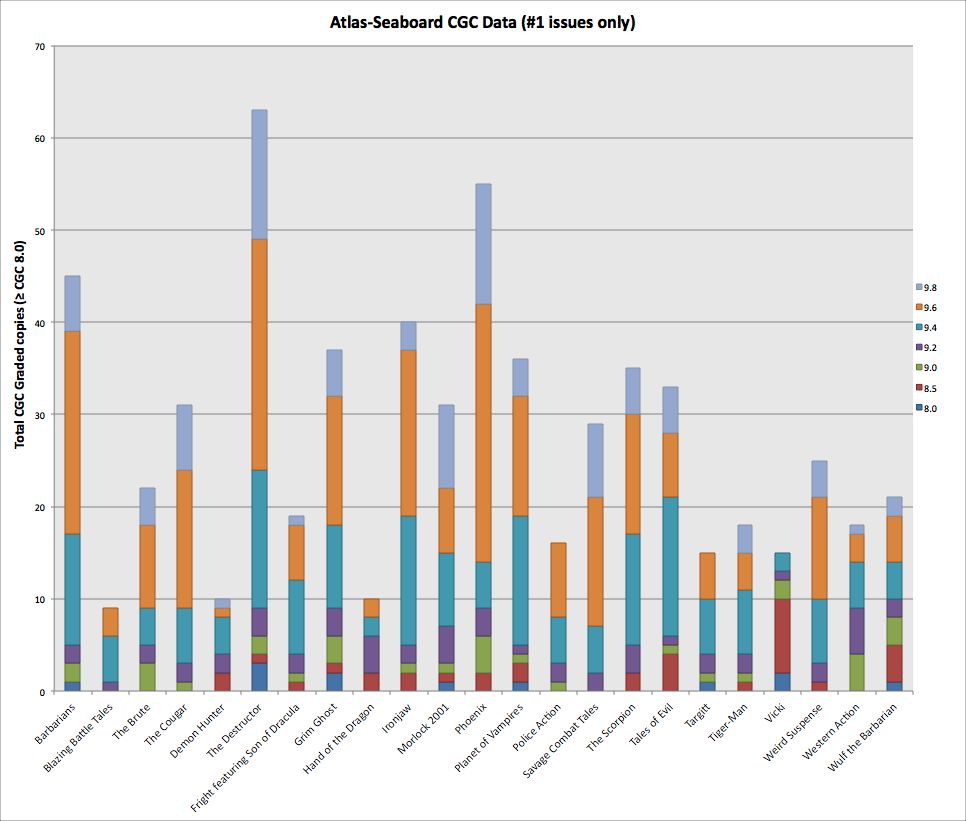
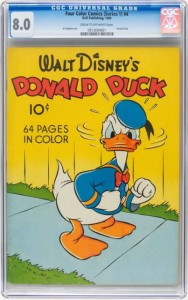
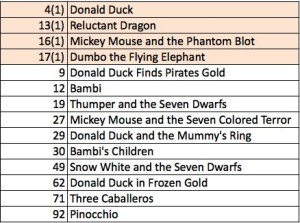
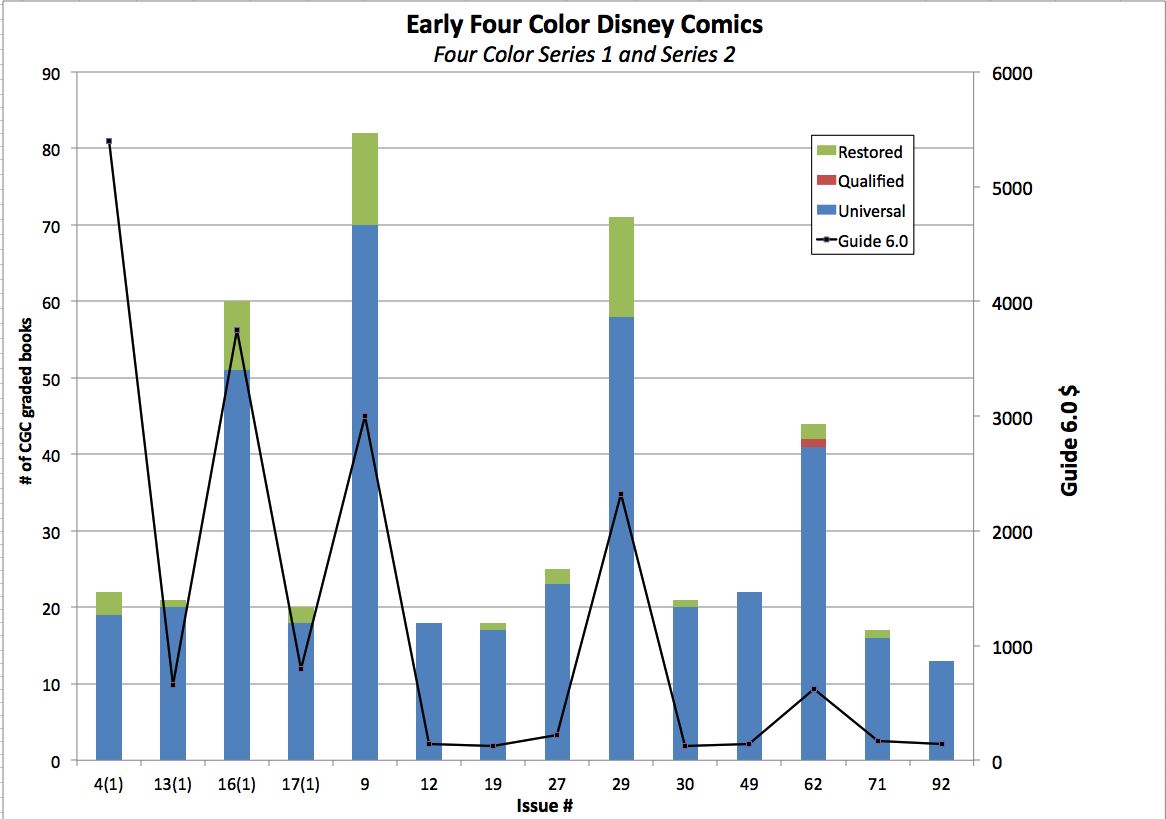

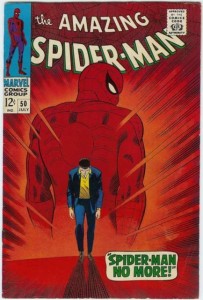
 ). Issues 43-49 all have the same guide price, so the spikes on 45 and 47 indicate that there seem to be more of them out there that did not get molested in quarter bins. But, for some reason, issue 46 did not share the same fate. Total universal graded copies for issues 45, 46 and 47 are 783, 555, and 714 respectively.
). Issues 43-49 all have the same guide price, so the spikes on 45 and 47 indicate that there seem to be more of them out there that did not get molested in quarter bins. But, for some reason, issue 46 did not share the same fate. Total universal graded copies for issues 45, 46 and 47 are 783, 555, and 714 respectively.